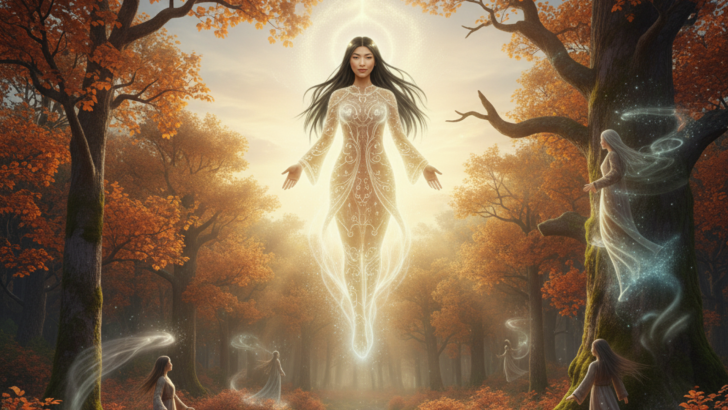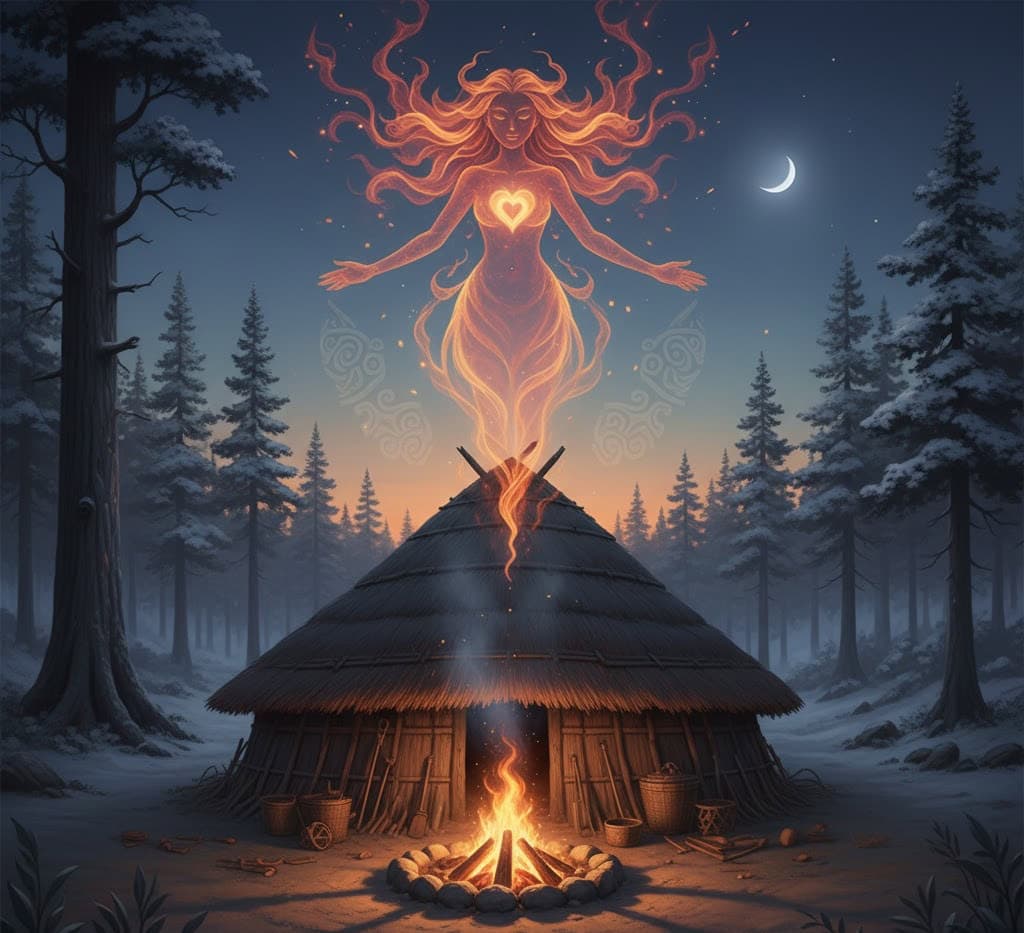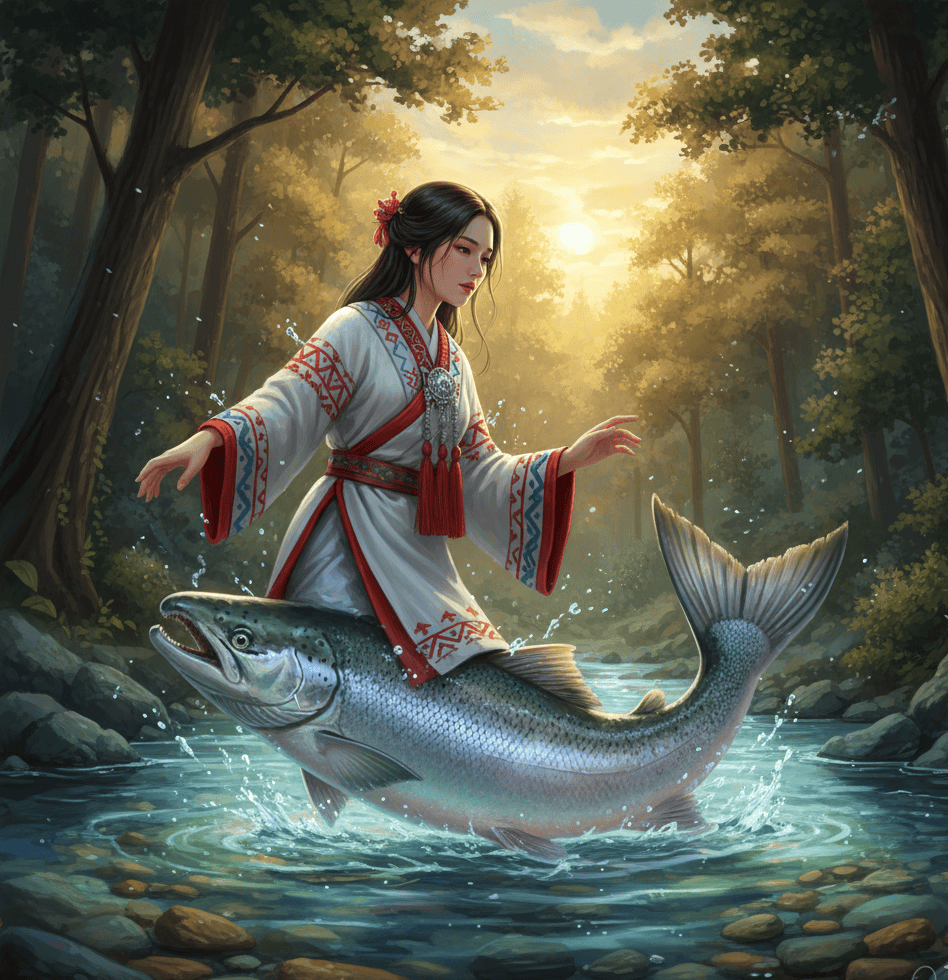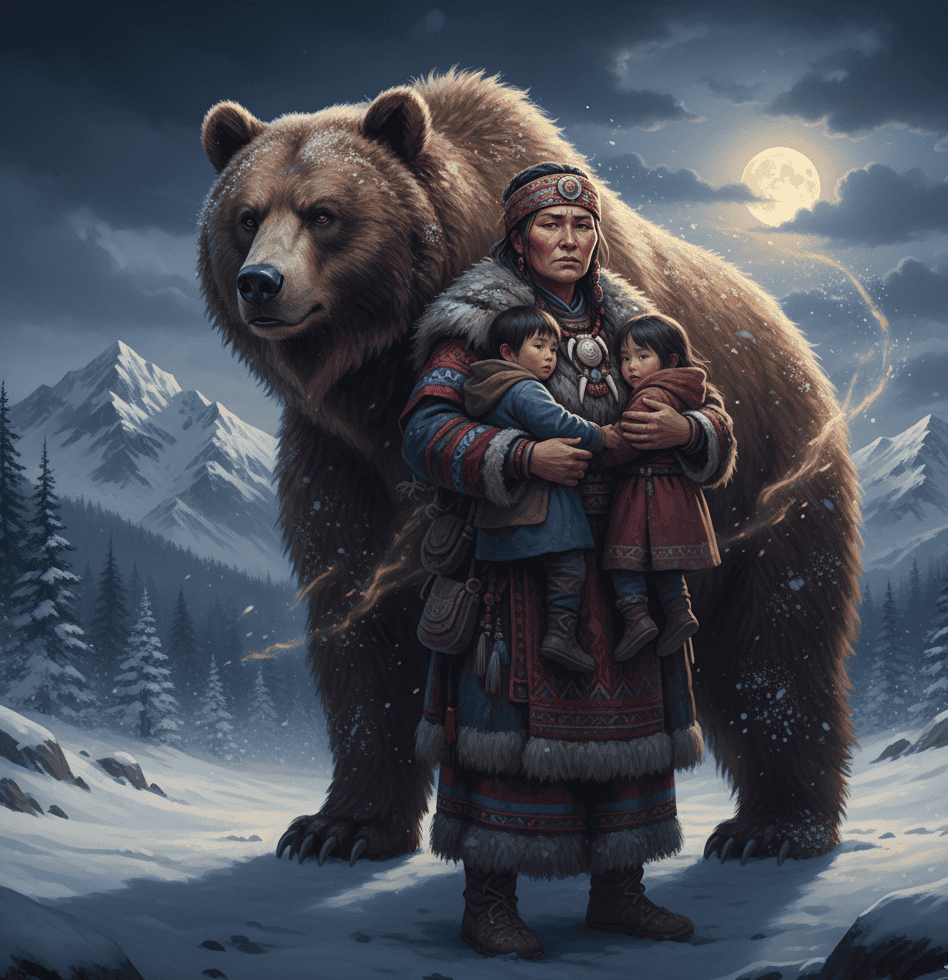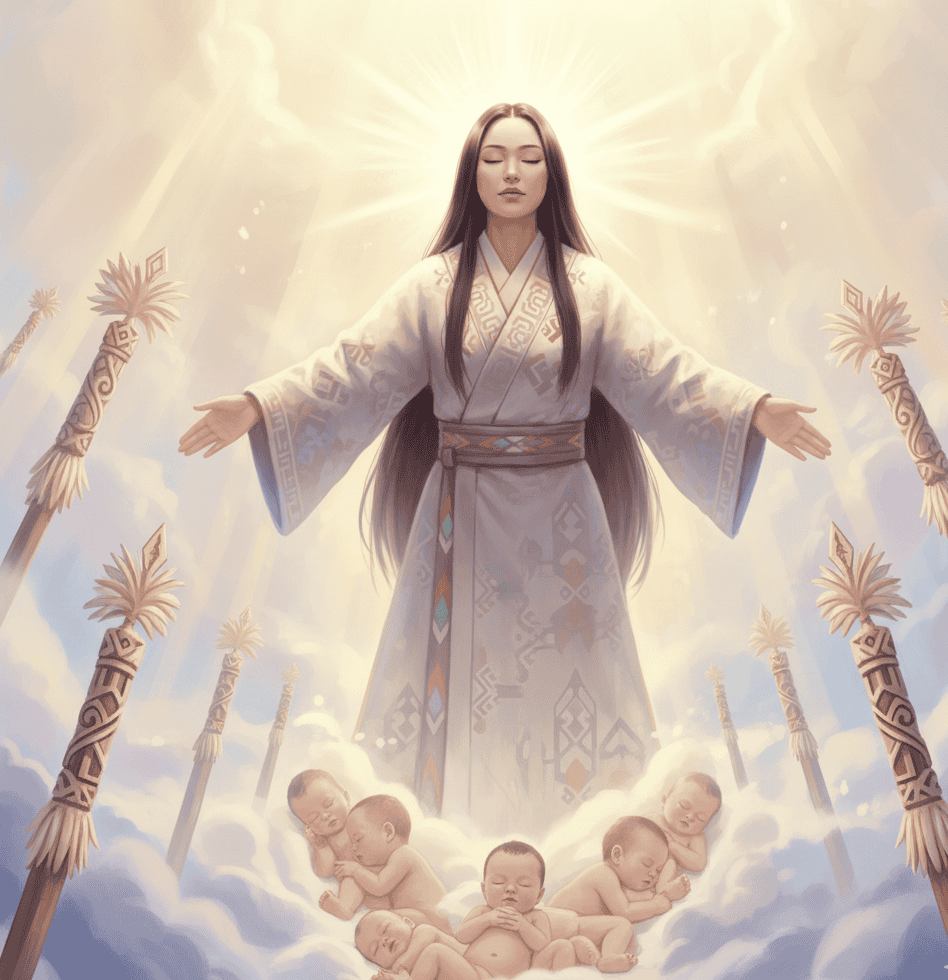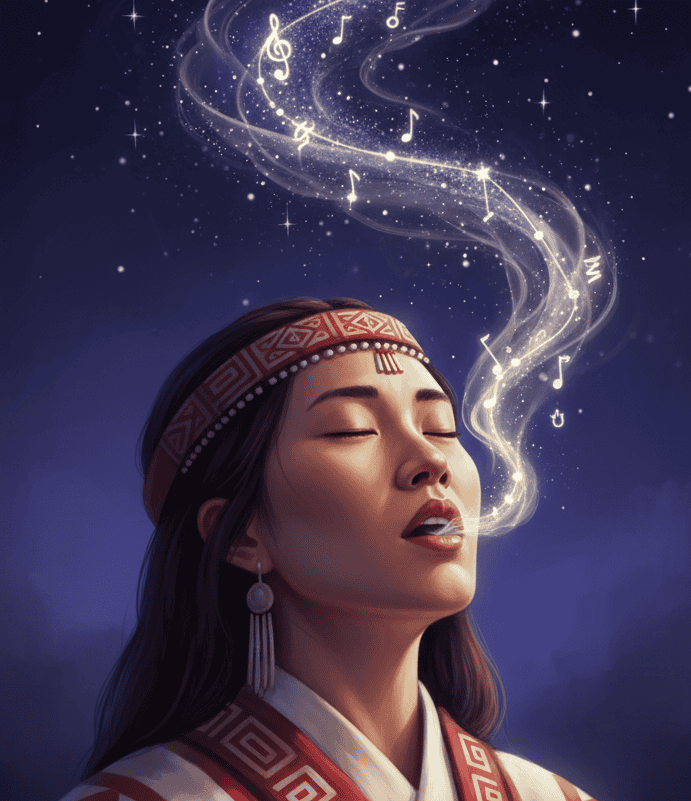In Ainu tradition, women held a powerful place in both daily life and the spiritual world.
They were often seen as keepers of the hearth, guardians of rituals, and mediators between humans and kamuy, the divine spirits of nature.
Many myths tell of women who crossed the boundary between the human and spiritual worlds, transforming into goddesses, spirits, or forces of nature.
These stories were not just entertainment but lessons about respect, resilience, and the sacred roles women played in the balance of life.
Here are seven myths of women in Ainu lore who became more than human, living on as spirits or goddesses.
1. The Woman Who Became The Hearth Goddess
Fire was central to Ainu life, and women were its protectors. One myth tells of a devoted wife who cared for her hearth with such love that when she died, her spirit merged with the flames.
She became Apehuci Kamuy, the goddess of the hearth, honored in every home.
Apehuci Kamuy was believed to watch over families, carry prayers to the gods, and provide warmth during the freezing northern winters.
Women, who tended the fire daily, were seen as her earthly partners. To this day, her story symbolizes how a woman’s devotion to family could elevate her to divine status, turning ordinary care into eternal protection.
2. The Young Bride Who Became A Salmon Spirit
One story tells of a young bride who vanished on her wedding day. Her family searched the rivers until they discovered she had transformed into a salmon.
In her new form, she returned every autumn, swimming upstream to visit her people. The myth explained the salmon runs and tied them to love and loyalty.
The bride’s transformation showed how devotion could survive even beyond human form. She became a symbol of the deep bond between women, family, and the cycles of nature.
Her story was also a reminder that rivers and salmon were sacred, carrying both memory and spirit.
3. The Mother Who Became A Bear Goddess
The bear was the most revered animal in Ainu belief, often seen as a mountain god visiting in animal form. One tale speaks of a mother who sacrificed herself to save her children from starvation.
After her death, she was reborn as Kimun Kamuy, the bear goddess who provided strength, food, and protection to her people.
Her story was told during iomante, the bear-sending ceremony, where a bear spirit was returned to the gods with respect and gratitude.
By linking the bear goddess to a mother’s sacrifice, the myth highlighted the nurturing yet fierce role women played in ensuring survival.
It was also a way of seeing maternal love as a divine force that extended into the natural world.
4. The Woman Who Became The Goddess Of Childbirth
In another myth, a woman who died giving birth was transformed into Hasinaw-uk Kamuy, the goddess of fertility and safe deliveries.
Her sacrifice made her the eternal guardian of mothers and infants. Women prayed to her with offerings of inau sticks and whispered requests for safe labor.
Midwives invoked her name during births, believing her spirit guided both mother and child through the dangerous threshold of life.
Her story revealed how the pain and courage of women were elevated to sacred heights. By becoming a goddess, she continued to support generations of mothers, turning tragedy into divine protection.
5. The Abandoned Wife Who Became A Sea Spirit
One myth speaks of a woman abandoned by her husband, who sailed away and never returned. Stricken with grief, she wandered to the shore and walked into the sea, where she dissolved into the waves.
From then on, she became a sea spirit, guiding fishermen and protecting women who prayed for strength against betrayal.
Her transformation was a tale of sorrow but also resilience. She did not simply vanish. Instead, she became part of the vast ocean, powerful and eternal.
The sea spirit reminded people that women’s voices could echo even in the wild waters, shaping destinies long after heartbreak.
6. The Girl Who Became A Spirit Of The Winds
There is also a story of a young girl who loved to climb the hills and run through the valleys, playing with the breezes.
One day, she was caught in a sudden storm and vanished. Villagers later believed she had become a kamuy of the winds.
They said her laughter was carried in gentle breezes, while her cries stirred up storms. Women would call upon her when traveling, asking for calm skies and safe journeys.
She embodied freedom, unpredictability, and the playful spirit of youth.
Her story reminded people that even in loss, there could be beauty. A girl’s joy became eternal, living on in every gust of wind.
7. The Woman Who Became A Goddess Of Songs
Songs were sacred in Ainu culture, often performed by women during rituals and storytelling. One myth tells of a woman with a voice so beautiful that the gods themselves listened.
When she died, her spirit was said to rise into the skies, becoming a goddess of songs.
Her presence was felt whenever women sang the yukar, the epic chants of the Ainu. It was believed that her spirit carried the words to the divine realm, ensuring they reached the ears of the kamuy.
This myth tied the power of music to women’s voices, elevating song into something more than art.
It was a bridge to the spiritual world, sustained by the memory of a woman who became divine through her gift of music.

Ho sempre sentito una forte connessione con il Divino fin dalla mia nascita. Come autrice e mentore, la mia missione è aiutare gli altri a trovare l'amore, la felicità e la forza interiore nei momenti più bui.

